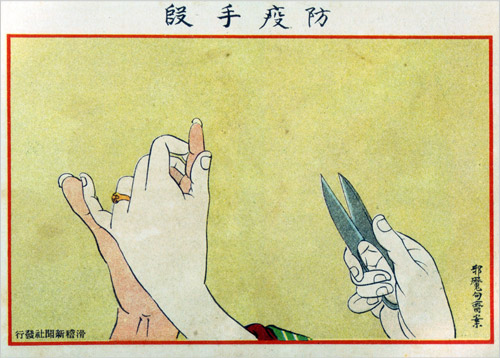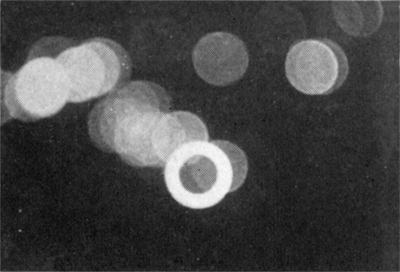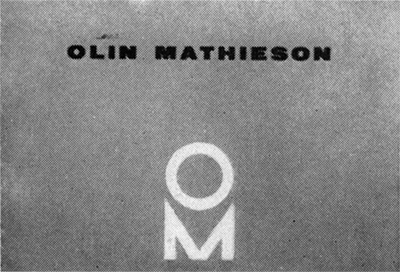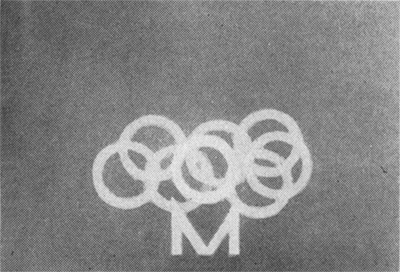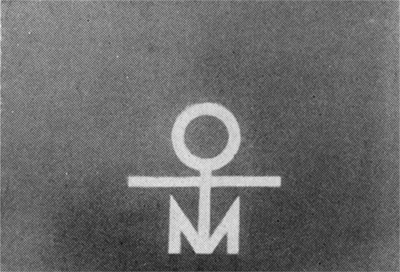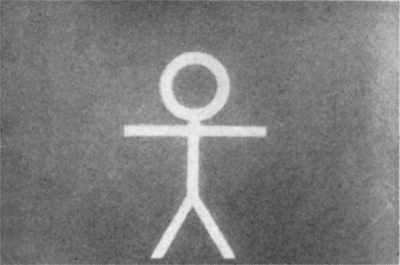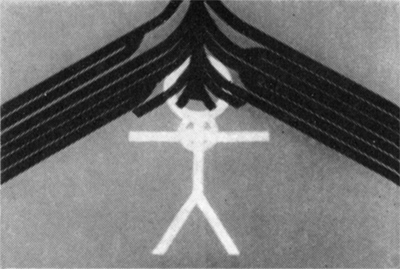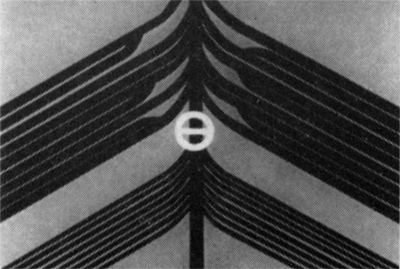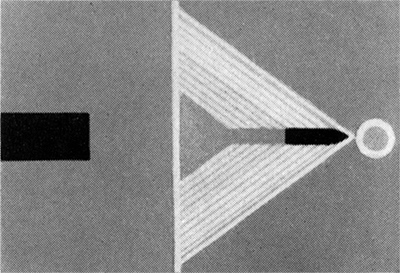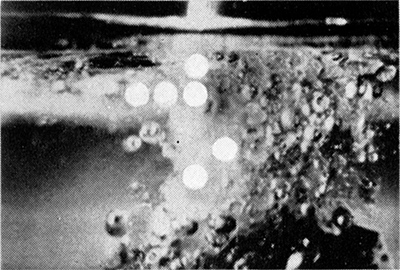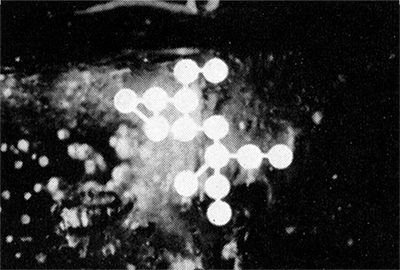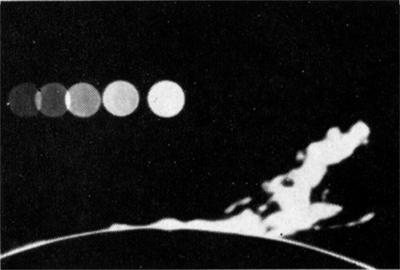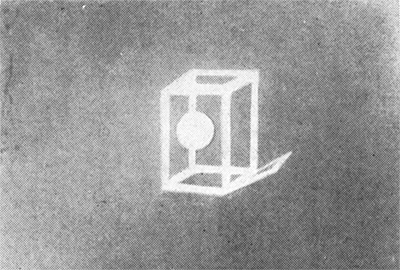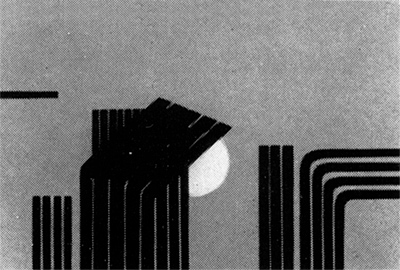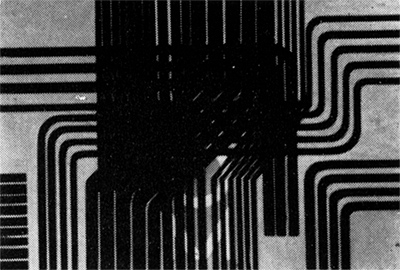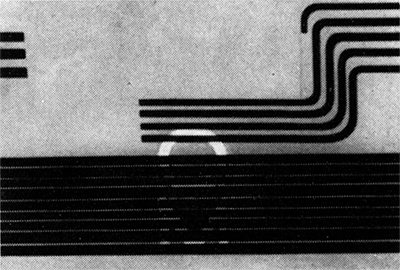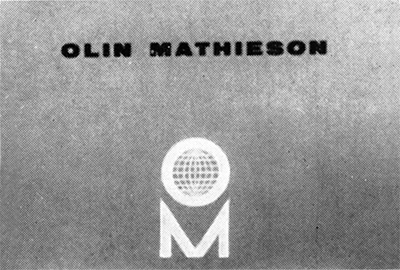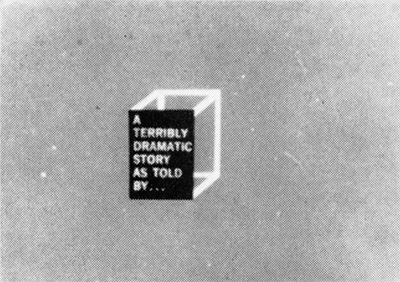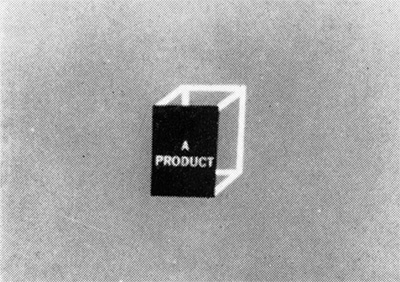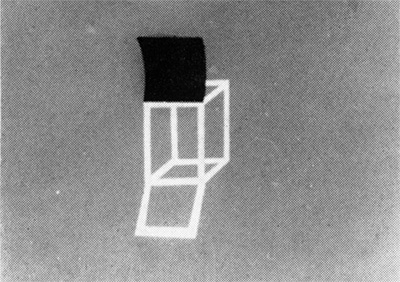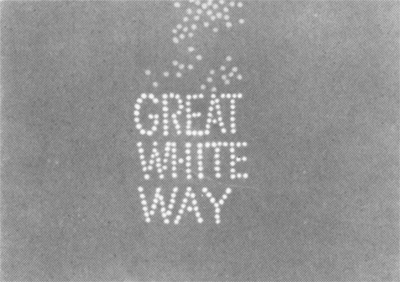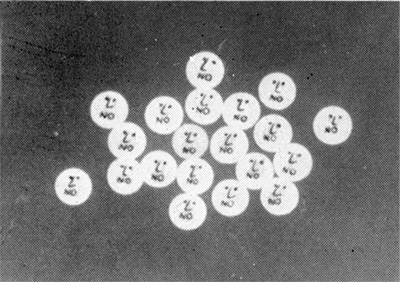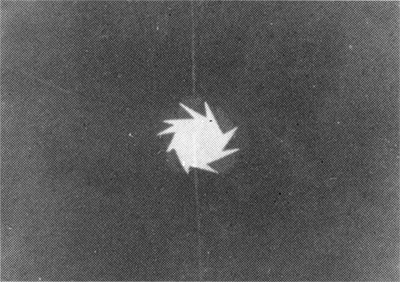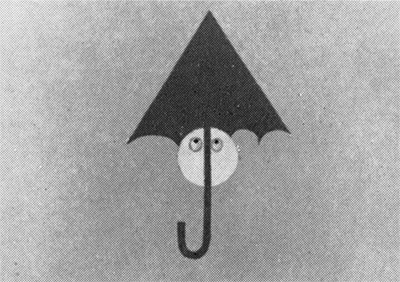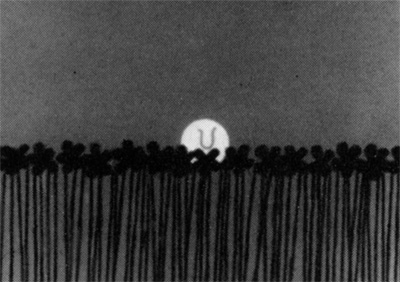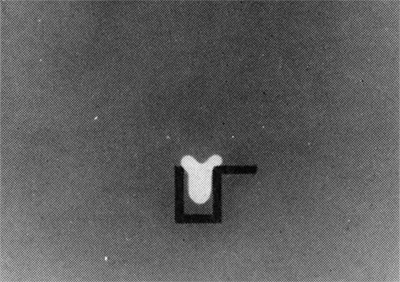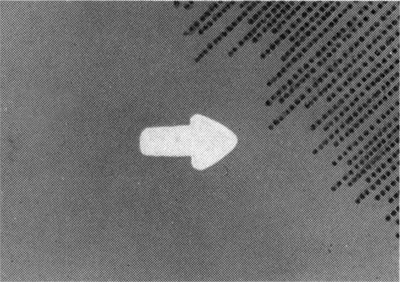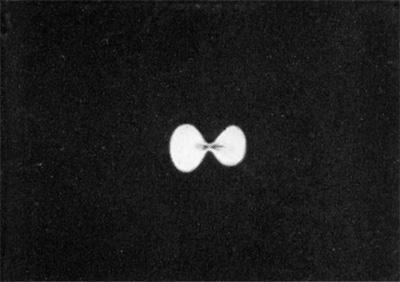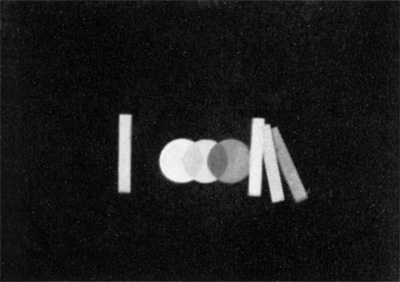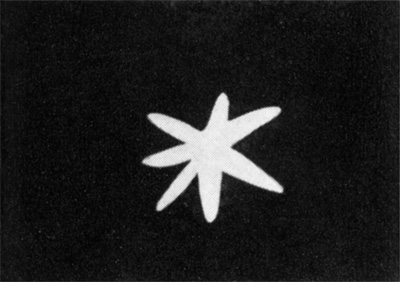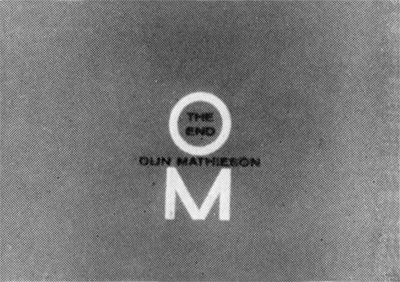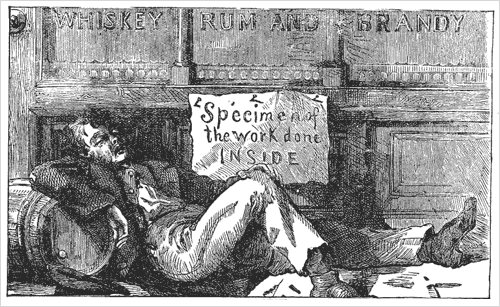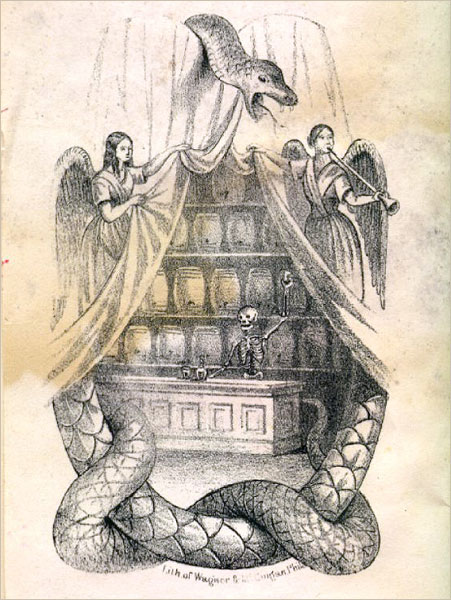A little something for all my NYC readers in tha house… For a year now I’ve been wondering when some enterprising “urban fashion” brand would seize upon the T-shirt design just staring them in the face every morning and night, on the subway and on the bus flanks, but it never, to my knowledge, materialized. So today, coming across a New York Times article revisiting the subject, I decided to just whip the damn thing up myself. And thus, I give you- “1,944 Snitches.” Perfect for that hustlin’ New Yorker keepin’ it really really real. Larger image here, and see the alternate version, with underscoring MF Doom quote, here. Hands-off Sean John.



Gaikotsu’s Postcards
Or: Aitch’s Pick
This post comes to us, not from the usual source, namely my own expeditions of internet spelunking, but rather from an altogether more novel source- a friend of mine by the name of Mr. H. Most of you will remember Aitch fondly from his revered and only recently shuttered blog Giornale Nuovo. Well, it so happens that Aitch came across some images which he felt needed to be shared with the populace at large. He went ahead and crafted a post, leaving it here on The Nonist’s doorstep like a beautiful and cooing orphaned baby. Who am I, and indeed who are you, to do anything but embrace it lovingly?
So, without further interuption from me, here is Mr. H’s post on journalist Miyatake Gaikotsu and his collection of humorous and often obscure early 20th century postcards-

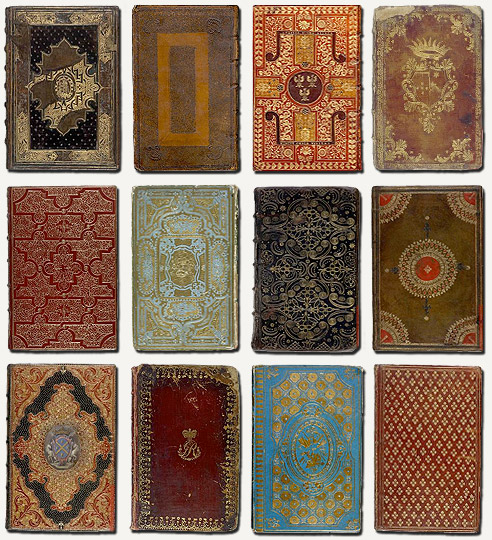
The British Library has a dynamite collection of fine and historical bookbindings numbering, evidently, in the thousands, and their online database will happily serve them up, in random groups of 25, for your ogling pleasure. On the whole they are ludicrously beautiful, making those spiffy, redesigned, Penguin Classic’s we’re all so fond of look about as precious as supermarket circulars. To see them for yourself go here and simply click “reselect” to see more.
The site does not offer much, however, by way of supporting historical information, and knowing, as I do, that beautiful pictures just aren’t enough for you “internauts,” and indeed how ravenously hungry you all are for lengthy texts to read in your browser window, I’ve taken the liberty of gathering together a list of related materials which could shed some light on the art and craft of bookbinding. See below.


Everyone loves Saul Bass. It’s a deserved love. He’s a design giant and designers pay the respect due. But even those amongst us who don’t get hot under the collar for fonts and logo treatments love him, whether they know his name or not. They love his his incredible title sequences for films like The Man with the Golden Arm, Vertigo, and Anatomy of a Murder. I recently came across some commercial work he’d done for television in the 50’s, and upon doing some google-sniffing to search out more information, was surprised to find none of it was already represented on the web. With that in mind please consider the following images my small contribution to the digital remembrance of all things Bass.

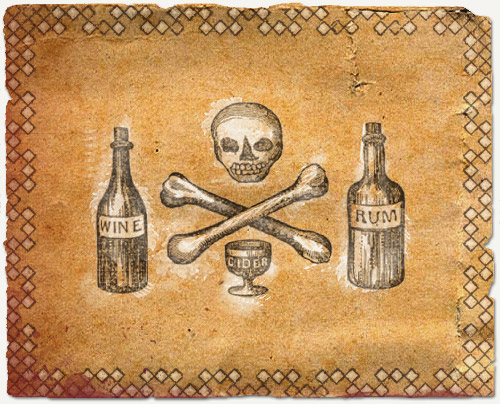
Relics of Temperance
It is said that in America, prior to the Revolution and prior to urbanization, alcohol consumption, as a general rule, was kept to what was then considered acceptable levels through informal social control in the home and in the community. After the Revolution and urbanization the country saw an increase in poverty, unemployment, and crime, much of which was blamed on the relaxation of social control over alcohol, and the corresponding rise of drunkenness. In hopes of reasserting that social control over the “demon rum” temperance societies began popping up across the Northeast. By 1830 there were 2,220 such temperance societies in the United States, each wielding an arsenal of tracts, leaflets, broadsides, pledges, songs, plays, and illustrations meant to scare, guilt, and bully men back into sobriety…. and that’s a lot of printed matter.













